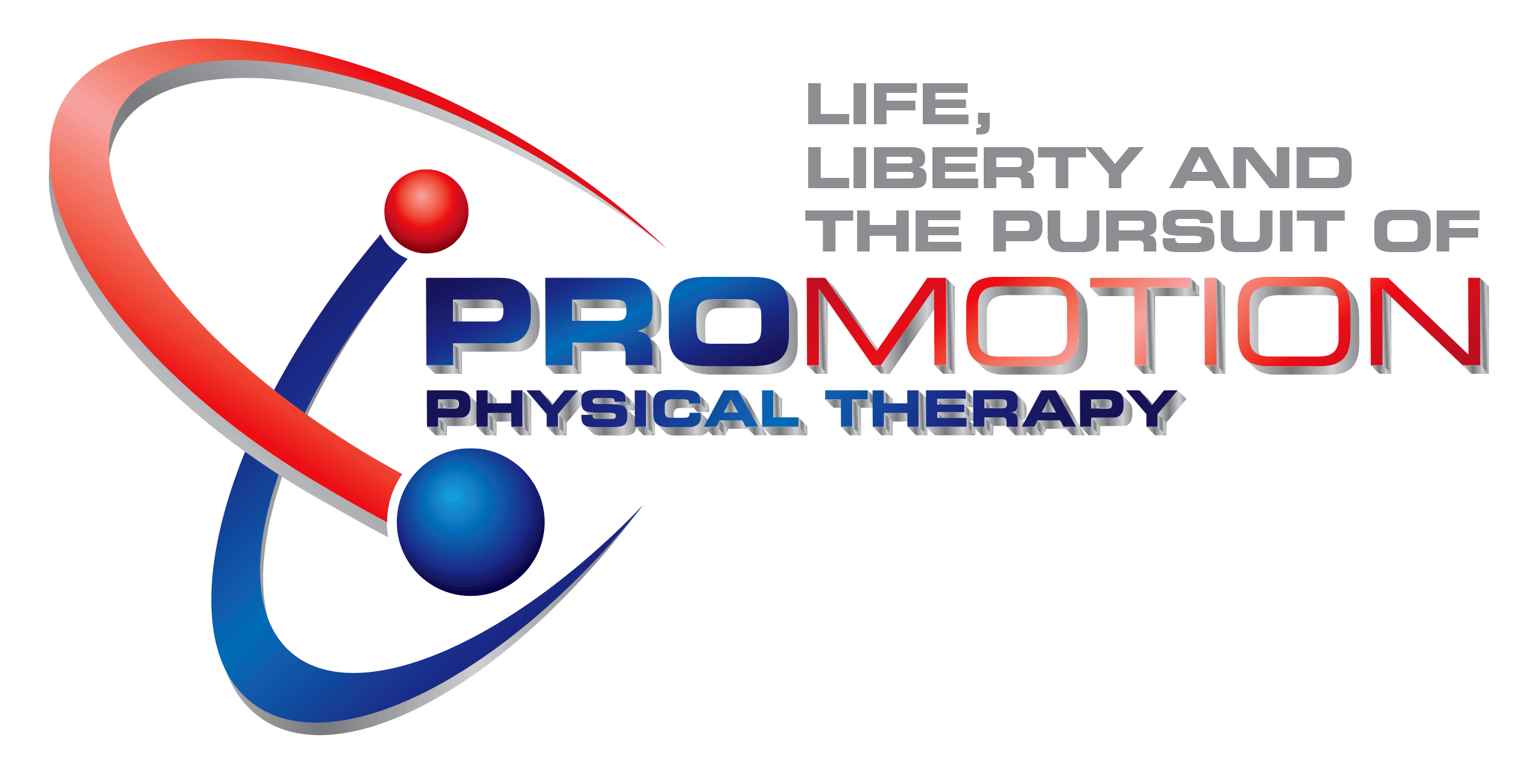News
Reviewing National Physical Therapy Month: Other Injuries And Disorder

October is a special month for our profession, as it marks the annual National Physical Therapy Month campaign. All month long, physical therapists and physical therapist assistants around the country work to boost public awareness about physical therapy by explaining what the profession entails and how it can significantly improve patients’ lives. To this end, we’ve been offering a detailed review of the numerous conditions that physical therapists can treat in different regions of the body.
In this, our last post of the month, we’re going to look at a few other injuries, conditions, and situations that physical therapists also treat, but which don’t easily fit into any of the other categories we’ve described so far:
- Post–surgical rehabilitation: physical therapy is strongly recommended as a first–line treatment for most musculoskeletal injuries and conditions, as it will often lead to successful outcomes and can often help patients avoid surgery; however, certain patients are candidates for surgery, particularly those who don’t improve with physical therapy, those with severe injuries, and athletes who are on a tight timetable and looking to return to play as soon as possible; when a patient decides to have surgery, a course of physical therapy will always advised to help these individuals regain their abilities during the recovery period with a progressive rehabilitation program
- Balance–related disorders: physical therapists can also address issues related to balance impairments; for example, many physical therapists offer vestibular therapy, which is a specific approach designed to address problems involving the body’s vestibular (balance) system, such as vertigo; in addition, physical therapists can provide fall–prevention programs for older adults that primarily aim to improve balance—as well as strength and flexibility—and thus reduce the risk for falls in the process
- Concussions: a concussion is a traumatic brain injury caused by the brain rapidly moving back and forth or banging against the side of the skull, which can lead to headache, dizziness, nausea/vomiting, and fatigue, among other symptoms; although rest is the most important treatment for concussions, physical therapists can help individuals recover more quickly by providing vestibular therapy and utilizing other techniques that address the wide range of concussion symptoms
- Temporomandibular joint disorders: the temporomandibular joint (TMJ) is a hinge joint that connects the part of the skull directly in front of the ears (temporal bone) to the lower jaw (mandible); temporomandibular disorder (TMD) is a general term that describes any condition that involves this joint, and the result is usually pain or tenderness in the face, jaw, neck, or shoulders; physical therapists frequently see patients with TMDs and manage these patients with massage and other interventions that target the jaw
Research backs physical therapy for these conditions, too
Physical therapy programs for these conditions differ more widely than for the other regions of the body we’ve reviewed so far due to their variety, but many of the same principles and techniques that are fundamental to the practice will still be incorporated into each individualized treatment program. For example, treatment for concussions and balance–related disorders typically includes specific exercises and other interventions that aim to improve patients’ balance, while post–surgical rehabilitation programs progress gradually to help patients regain their strength and flexibility to pre–injury levels.
Research supports the use of physical therapy for these conditions, as it does for the other regions of the body we’ve reviewed so far. In one study, exercise therapy was found to reduce pain and significantly increase range of motion for patients with TMDs. Other research from one systematic review showed that vestibular therapy is effective for older adults with vertigo, dizziness, and balance disorders, while another systematic review found that exercise programs may reduce risk factors associated with falls and the incidence of falls in older adults.
We hope you’ve learned something about physical therapy this month for National Physical Therapy Month. By now, you should have a firm grasp of the multitude of conditions that we can treat and the many types of benefits you can expect if complete treatment with a physical therapist. So if you’re dealing with pain, movement–related issues, or any other deficits, we strongly encourage you to contact us to learn more or schedule an appointment today.
Disclaimer:
The information in the articles, posts, and newsfeed is intended for informational and educational purposes only and in no way should be taken to be the provision or practice of physical therapy, medical, or professional healthcare advice or services. The information should not be considered complete or exhaustive and should not be used for diagnostic or treatment purposes without first consulting with your physical therapist, occupational therapist, physician or other healthcare provider. The owners of this website accept no responsibility for the misuse of information contained within this website.
